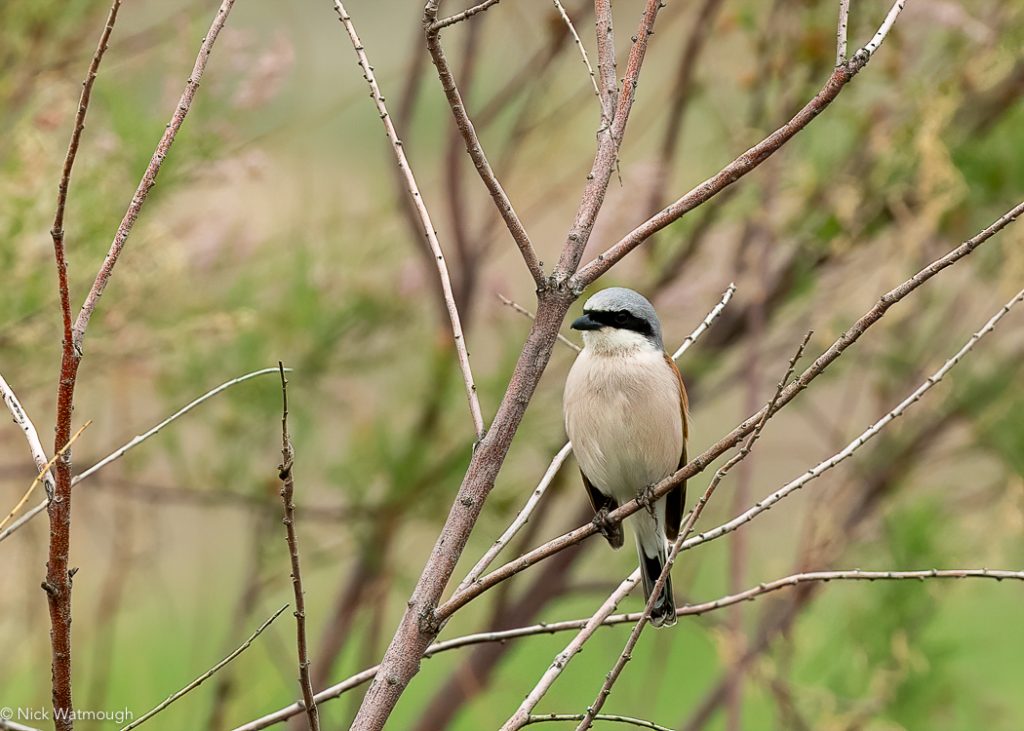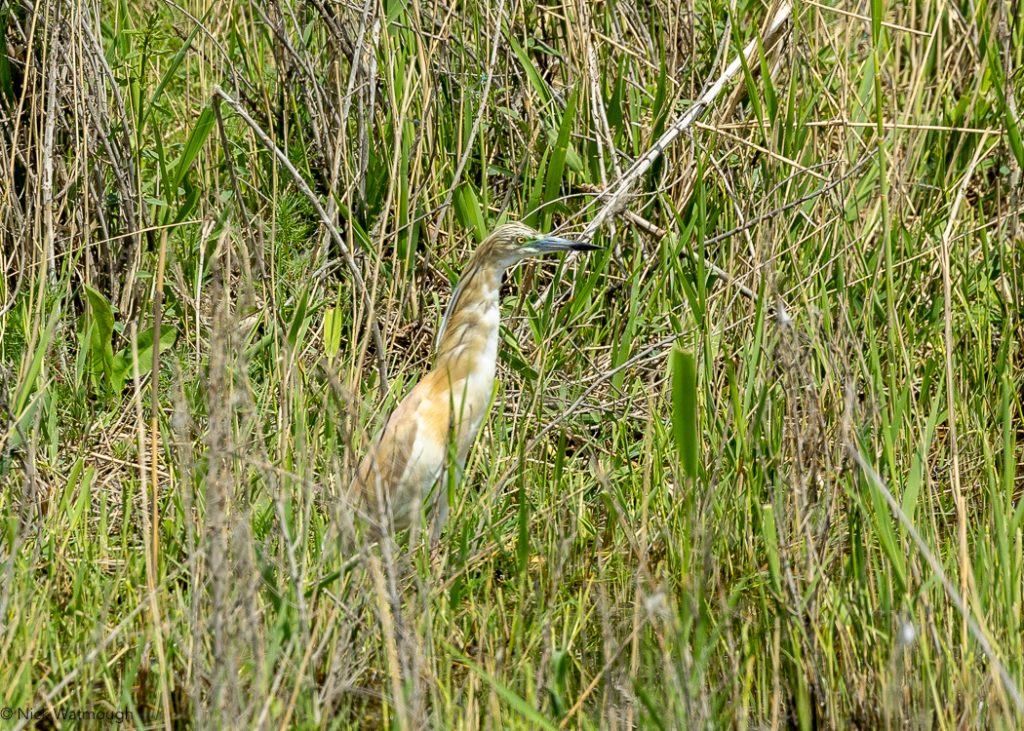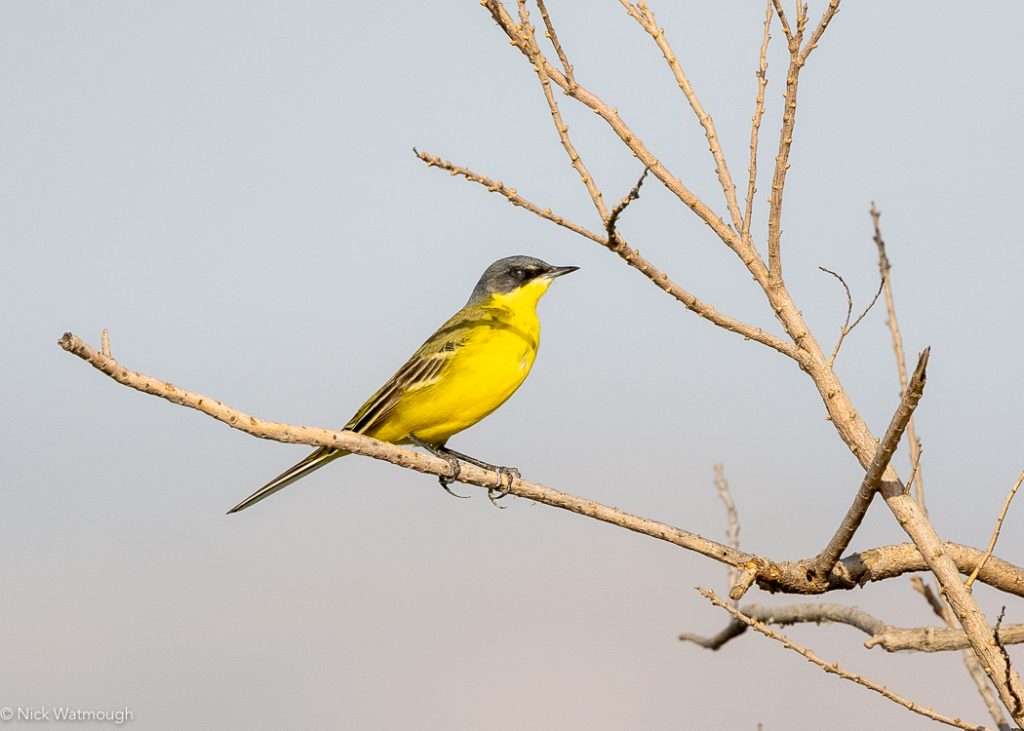Armenia at last
Despite three trips to Georgia since 2014 I had not been able to return to the Caucasus since the pandemic. Spring 2023 represented the first opportunity for Graham and I to resurrect our trip to Armenia that fell victim to Covid in 2020. So it was with high anticipation that we departed LHR for Paris to catch a connecting flight to Yerevan. We flew Air France as the flight arrived in the evening – flights with other carriers arrive in the very early morning!
Clear of passport control and customs Graham changed money whilst I fended off the many taxi scammers. A brief call to our hotel brought a lift and five minutes later we were settling into the comfortable Kesabella Touristic House (kesabella@hotmail.com). After a simple al fresco evening meal and a welcome beer we retired for the night.
A good breakfast preceded the delivery of our hire car at the agreed time by local rental company CaraVan. We opted for an AWD Toyota Fortuner which proved to be a wise move. It was fine if a touch underpowered and less well specifed than the Landcruisers we drove in Kuwait. Strangely the pre-departure briefing by the agent focussed on a complimentary brolly rather than how to engage AWD! Our first destination was an area adjacent to the ancient monastery of Khor Virap about 40 km South of Yerevan..
Khor Virap

The monastery lies on one of a series of low hills close to the border with Türkiye and is quite the tourist trap. Parking next to the cemetary we circumvented the entrance and headed South towards a small reedbed just across the border. White Storks fed in the small fields and a few Steppe Buzzards drifted over us. Over the border a lone Montagu’s Harrier made its way north agains the snowy slopes of Mount Ararat. Significantly the area of scrub between the footpath and the border fence held good numbers of Ménétries Warbler. A new species for Graham which, with a little bit of patience, showed very well.


The birds in Armenia are of the nominate race Sylvia mystacea mystacea. These have a dull dusky pink suffusion to the breast and throat best seen in the right hand image.

Other species in this area included Rufous-tailed Scrub Robin, Black-headed Bunting and both Lesser Grey and Red-backed Shrikes.
You can find my eBird checklist here.
Fantasy Fish Ponds
About 25 km South of Khor Virap lies one of the iconic WP birding destinations, Armash Fish Ponds. These privately owned fishponds cover ca 1,500 ha are not a nature reserve despite being their designation as an IBA by Birdlife International. The importance of Armash FP for breeding and migrating waterbirds is well understood, as is the potential for ecotourism. For example a recently opened lodge (whihc we did not know about), makes it possible for birders to stay on site.
Access is strictly by permit which is available in advance, for a small fee from Karen Aghababyan. Karen is the leading field ornithologist in Armenia and was a great source of help guidance throughtout our trip.
We briefly visited a Verdi supermarket to pick up some lunch before presenting ourself at the gate. After a short Soviet era administrative pause the gatekeeper waved us through. And just beyond the entrance we found an entrancing colony of Blue-cheeked Bee-eaters.

Driving slowly along the bunds between the ponds we encountered good numbers of herons and Pygmy Comorants in flight. Whilst White-winged Black Terns seemed to be everywhere.




Small herons such as Squacco and Black-crwoned Night Heron were abundant in the many reed-filled ditches.


Gone with the wind!
The birds continued to come thick and fast. Larger passerines such as Roller and Rufous-tailed Bush-robin were not hard to find.


However, the strong breeze was keeping any Acrocephalus warblers including the much desired Paddyfield Warbler low in the reeds. Despite Graham’s excellent ear we simply could not convince ourselves we were hearing Paddyfields amongst the familar Reed Warbler cacophony. Only a few Great Reed Warblers were robust enough to brave the wind.

There were however thousands of Sand Martins and we did locate a few flocks of flava wagtails. We were pleased to pick out migrant Grey-headed (ssp thunbergi) and Blue-headed (ssp flava) amongst the local Black-headed (ssp feldegg). I hoped that we might see another blue-headed form, Syke’s Wagtail (ssp beema), en route to SE Russia. However I am content that only saw ssp flava. Pro flava features include a yellow chin, no sub-ocular mark, dark ear coverts and necklace of dark spots.



Where are the waders?
Apart from a couple of flocks of Grey Plover in flight we saw very few waders. Unfortunately there were no partially drained fish ponds to provide suitable habitat. The levels in the ponds varies from year to year and we were just unlucky. But the lack of waders and hidden Acros meant that we would return later in the trip. On our way back to the gate we did find another group of ponds favoured by some White-tailed Lapwings. A nearby ditch held a few larger waders – but it was a bit thin.



The Long Way Home
The evening was drawing in and tiredness was catching up with both of us. Our hotel was about 80 minutes drive away. But checking Google Maps the route given was closer to 2.5 hours drive via a circuitous route. Graham took the wheel and negotiated a difficult drive over a twisty potholed made harder by the local truck drivers. But why the detour? It turns out that the fastest route to Areni goes throught the village of Karki, which is marked on maps as an eclave of Azerbaijan. Google Maps perceives this as a need to cross two international borders and adds time. In reality Karki is administered by Armenia and the main North/South road passes through with no delay. This unforced error left us both frazzled and to arrive late at the charming Areni Wine Cellar B&B. Fortunately our lovely host Anna was unfazed by this and served us a delicious evening meal on her terrace.
And if only…
It seems churlish to look back at such an outstanding day (eBird checklist here) with regret. But if the lack of waders was unfortunate, missing Paddyfield Warbler was unforgivable. What could we have done better? Needing to organise permits in advance makes it hard to work around the weather. That said being on site in the early morning might of have helped with the warblers and offered better light for photography. Most of all I wonder if it was wise to tackle such a large diverse site on day one of a trip? Some useful lessons for future trips.

